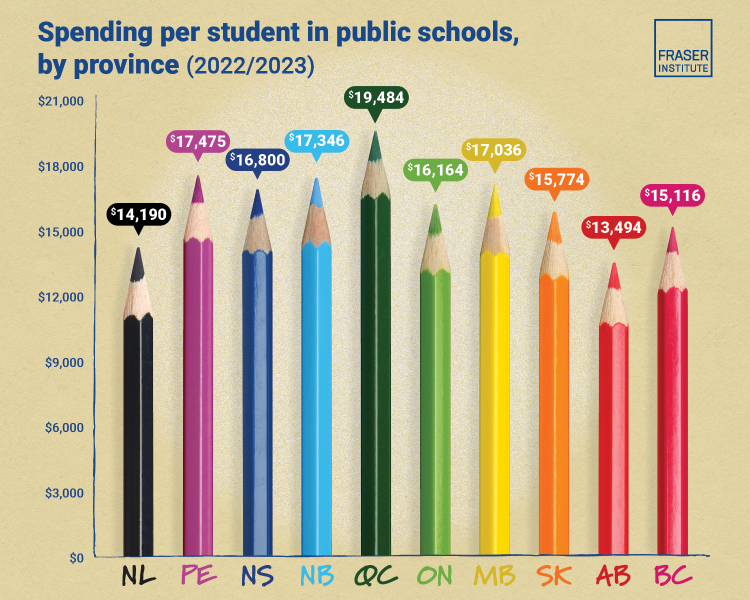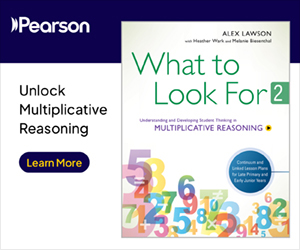Spending per student (kindergarten to grade 12) in Canada ranged from a low of $13,494 in Alberta to a high of $19,484 in Quebec in 2022/23, finds a new study published by the Fraser Institute, an independent, non-partisan Canadian public policy think-tank.
"Most people parents included don't understand how much is being spent educating students in public schools across Canada, which is critical before parents begin to evaluate whether they're getting good value for the money," said Michael Zwaagstra, senior fellow with the Fraser Institute and co-author of Education Spending in Public Schools in Canada, 2025 Edition.
The study finds that inflation adjusted per student spending on public schools in Canada increased nationally by 5.9 per cent over between 2013/14 and 2022/23.
A different way to think about this increase in spending is to analyze how much was required to offset changes in student enrolment and inflation. The analysis shows that over this time period (2013/14 to 2022/23) an additional $6.5 billion was spent over and above what was needed to compensate for more students and inflation.
The spending analysis also includes different categories such as compensation, capital and other spending as categorized by Statistics Canada. Compensation (salaries, wages, fringe benefits, and pensions) contributed the most to the total growth in spending on public schools from 2013/14 to 2022/23.

In total, Quebec experienced the largest increase at 40.6 per cent. Prince Edward Island (14.5 per cent) and Nova Scotia (10.8 per cent) experienced the next largest increases in spending per student, while Saskatchewan (-14.8 per cent), Alberta (-17.5 per cent), and Newfoundland & Labrador (-11.2 per cent) were the only provinces to experience meaningful declines during this same period.
"When it comes to our children's education, it's important to understand exactly what's happening with spending in public schools, and, most importantly, to question how the money spent is being put to use," said Zwaagstra














